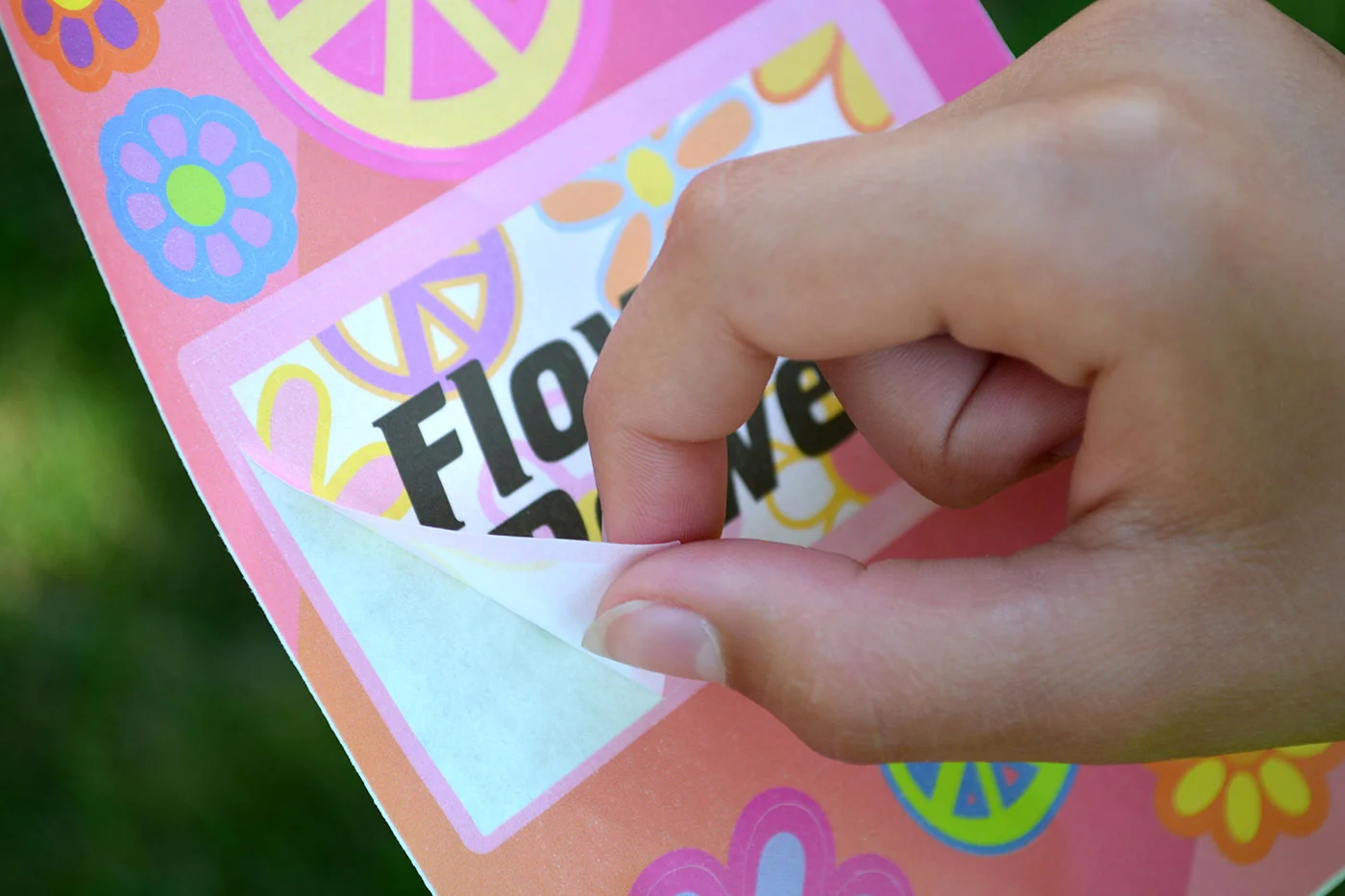Know The Roles of Branding and Packaging in Your Business’s Growth
Branding is one of the most important parts of marketing a business – it’s what sets you apart from your competitors. It can tell your customers what to expect from your products, vision, and mission. By creating a professional, high-quality brand, you are showing your customers they can expect the best from your products, and your business.
Here’s a brief overview of why branding is so important for your business’s overall growth.
With more options now than ever before for your customers, it is more important to have your packaging stand out from the crowd.
What Is Branding?
To start, let’s talk about what branding covers. Branding is the way a company portrays its values and mission to the public. A high-quality brand shows potential customers you are serious about your business. Taking the time to print high-quality custom labels or flexible packaging and to design the perfect logo goes a long way toward showing your customers you provide top-of-the-line services.
Branding needs to stay consistent – from the content you post to your marketing materials. It is important to portray one steady image to your audience, keeping the mission of your company strong. Consistently portray your brand on products to keep your company fresh in customers’ minds.
How to Create a Brand
Your brand needs to answer a few important questions about your company:
What is your company’s mission statement?
What do you want your customers to think of when they see your business?
What are the benefits of your brand or service?
Once you figure out the answers to these questions, you can start to create branding elements for your company. To start, you will need a logo to associate with your brand. Use color elements across all your marketing materials and put your logo on anything you use for your business, including packaging, flyers, and mailing labels.
Decide on a “voice” for your brand. How will your branding portray your company’s image? Be sure your logo, your tagline, and all your materials represent this overall picture. Be consistent among all your materials and your customers will learn what to expect, creating trust.
Benefits of Strong Branding
Strong branding gives your business staying power. When customers recognize your design elements in, for example, a 360 degree display on the shrink sleeves of their favorite product, it extends the life of your brand. It allows you to become independent of a particular product category, increasing the flexibility of your product base for future expansion. With the ability to expand your reach into new product categories, you can extend the life of your business to keep up with customer demand.
Some other results of strong branding include:
Customer loyalty
Increased profits
Clarity of brand vision
Increased brand focus
Increased employee retention
Increased market shares
Reduced need for changes in pricing
Determine Your Target Audience
One of the best ways to focus your brand is by determining your target audience. Start by figuring out who would benefit most from your products or services. From there, create several marketing personas of people who would be your ideal customer. Give each persona a name, an age, a job, and a lifestyle. Then look at your products from each persona’s viewpoints. What works for that persona about your brand? Once you have determined your target audience, you can focus your branding efforts on your audience, attracting more potential customers.
Private Labels: An Alternative
How do you achieve the benefits of having a strong brand when your product – or budget – does not warrant the time and resources necessary to creating, testing, implementing and distributing unique and personalized brand packaging?
Private labeling.
In recent years, annual sales for private-label products has been on the rise as customers increasingly recognize these products as equal in quality to competitor brands. Private label branding is a much lower cost strategy, as it benefits from the branding already created by another company, while still providing a similar level of customer draw, retention and loyalty as a result as would an individual brand packaging strategy.
Let’s Get Started
The design team at Century Label is ready to help you take your vision and apply it to your products. We will take you through every step of the process, preserving the integrity of your brand and using high-quality printing techniques.
Our customer care specialists are standing by to make sure every order is exactly the way you imagined it, ensuring your satisfaction. Request a quote today to get started on your own quest for branding success.









